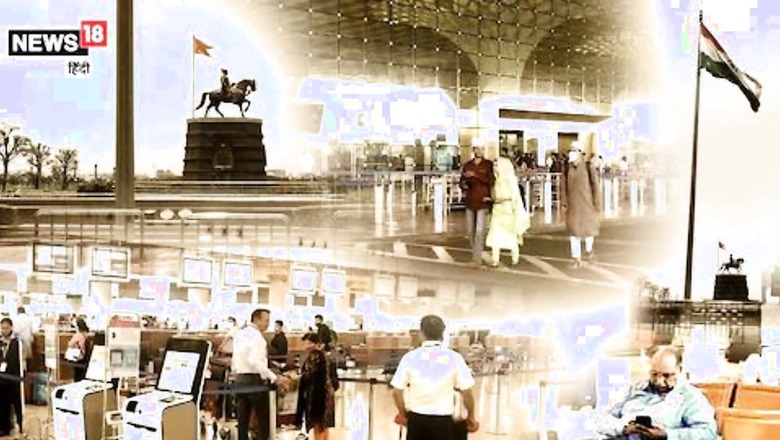
views
Mumbai’s Chhatrapati Shivaji Maharaj International Airport (CSMIA), is the second busiest airport in the country. So, to deal with long queues for security checks at the airport, the Central Industrial Security Force (CISF) has implemented a Virtual Queuing System by creating a Virtual Space at the airport. CISF is responsible to handle the security of Mumbai Airport.
With this much-needed initiative, CISF is not only able to handle a huge crowd of people during peak hours but also provide a holistic experience to all the passengers.
What is Virtual Space and Virtual Queuing System
Virtual Queuing is an automated system that will allow passengers to enter a virtual lobby before they are let to directly communicate with a check-in agent.
The check-in area in the department terminal and the space between the pre-embarkation security checks at the airport has been named virtual space.
What is the need for virtual space and queuing systems?
In an internal study of the CISF, it emerged that during peak hours, 85 percent of the passengers reach the airport much before the stipulated time, which leads to unnecessarily long lines for security checks and a huge crowd. To deal with this situation, the airport authorities have implemented a virtual queuing system.
How does Virtual Space and the Queuing System Work?
The CISF’s virtual space and the queuing system operate during the peak hours between the check-in and pre-embarkation security check areas of all the terminals, and this exercise starts from the gate of the airport itself.
In other news, CSMIA, for its efficient green practices, has been conferred with the Aviation Sustainability & Environment award by Wings India Awards 2022.
Read all the Latest India News here
















Comments
0 comment